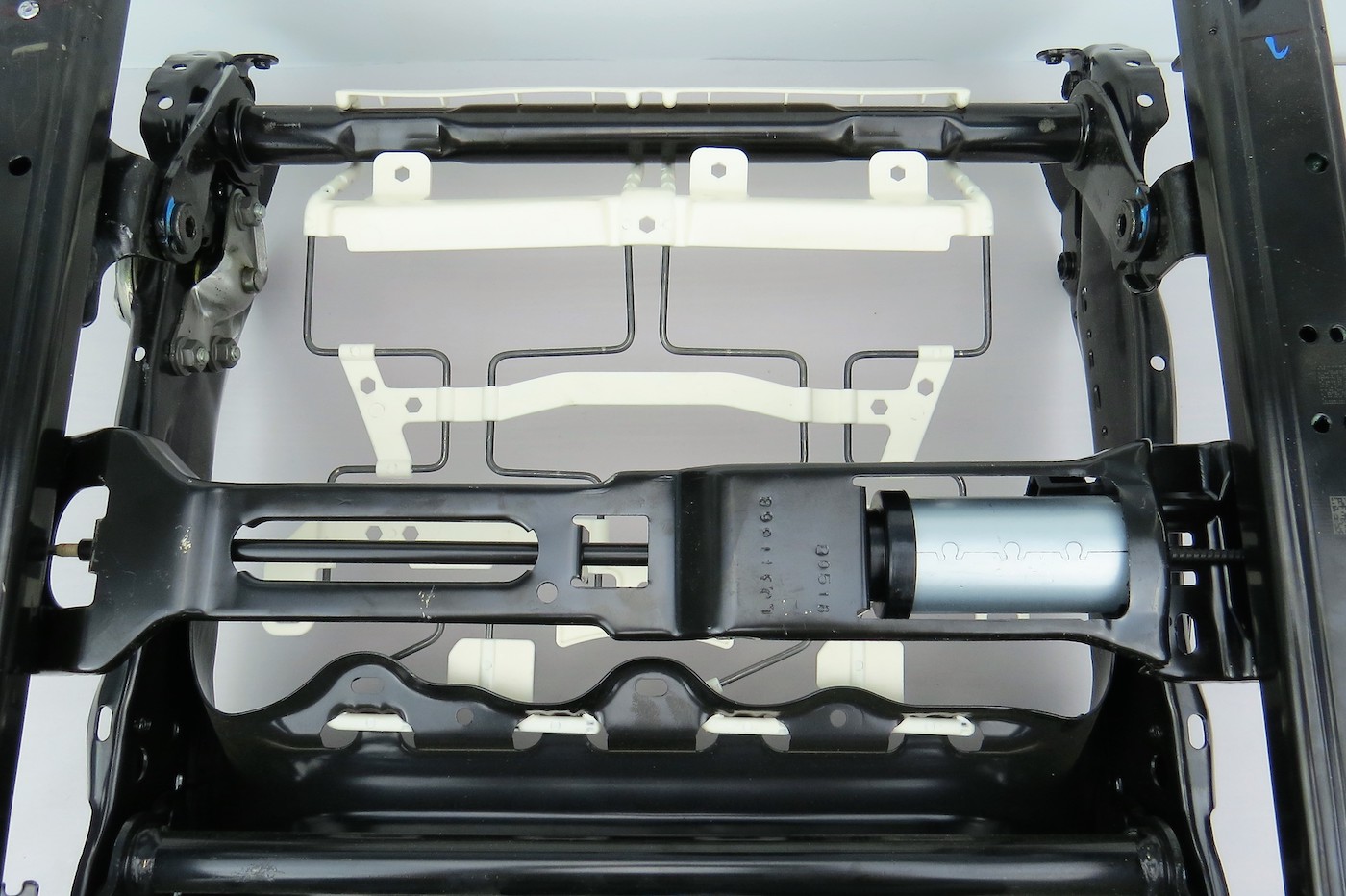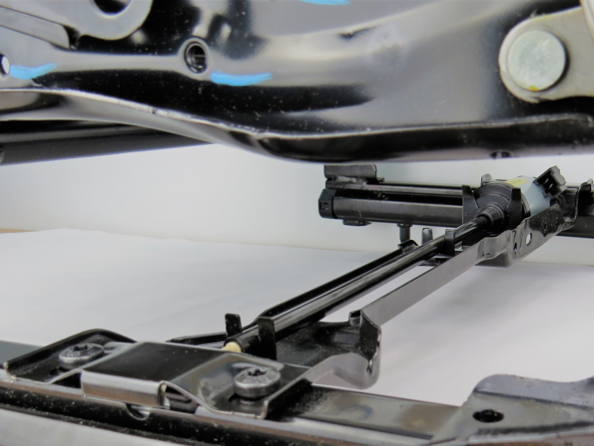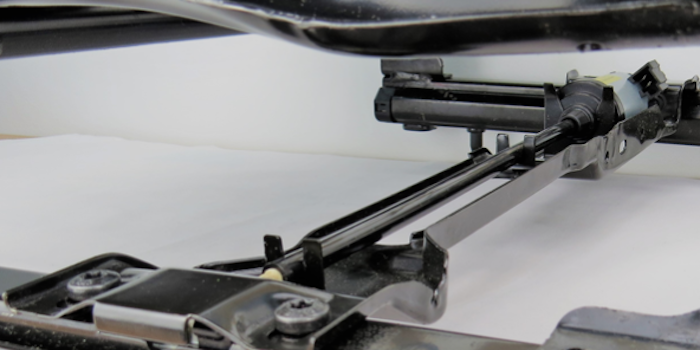At a recent automotive interiors conference, the industry buzzed with speculation about the future of seat movement. Fewer and fewer consumers own cars, especially in major metropolitan areas, but they still demand comfort. Soon, with ridesharing and autonomous vehicles, user preferences for the position and angle of a seat will travel with passengers as information in an app, and the seat in a car someone has never been in before will automatically morph as he or she enters the vehicle. The relationship between car and rider will no longer be long-term; instead, it will feel like speed dating. As modular interior design becomes the norm for a new breed of cars, seats will have to travel farther and faster. Automotive interior engineers will depend on advancements in shaft design to enable this increased mobility, and specifically on next-generation flexible shafts.
Why consumers will demand faster seat movement
Seat movement in current mass-produced car designs remains limited, achieving 10 or 12in of travel. Because of this, today’s riders accept low movement speeds. Seat movement primarily offers a chance to finely adjust one’s comfort, so if it takes 15 seconds for the seat to move from back to front, a passenger does not mind. This acceptance of slowness will fade quickly as cars evolve in the near future.
From the first expected major changes, such as partially autonomous driving, rider demands will change. Once the driver no longer needs to control the accelerator and brake so closely, she or he will desire more leg room. Suddenly, the aim is not to adjust the seating position by 10in, but rather by 50in – a 75-second journey, at the same rate as today’s power seats. Similarly, car manufacturers are developing power easy entry systems to quickly move front seats to allow access to the back row. The current rate of movement cannot satisfy the expectation of speed and luxury on the part of riders. Seats must travel farther, faster.
Fast seat movement offers the future of mobility an additional advantage: cleanability. As more people travel in more shared spaces, shared spaces may become increasingly littered. Quick seat movement lets owners reduce the downtime of rideshare vehicles resulting from uncleanliness, as access to all surfaces will be rapid.
Next-generation flexible shafts
In current power seating constructions, flexible shafts turn at between 2,800 and 3,500rpm. To accommodate future modular interior designs, these speeds reach approximately 6,000rpm. Some shaft designs exist today that can accommodate this acceleration, but these components produce an unacceptable level of noise when in operation. The simple engineering solution – to enlarge the outer diameter of the shaft – requires the redesign of all interfaces, including the motor and gears. Automotive manufacturers act largely as component integrators, and prefer not to make such major alterations to systems, so this option fails to meet the expectations of the market. The challenge: to create a shaft that performs at the same noise level as current shafts, can replace current shafts one-to-one in power seat constructions, and achieve double the speed.

For the flexible shaft experts tackling this design challenge, the main focus is material. The basic flexible shaft for seat movement is made of layers of carbon steel wire wrapped around a core, with an outer layer of nylon flock yarn. The flexible shaft is then covered in tubing. What is the best material for the flexible shaft, the shaft coating, and the tube that houses the shaft? S.S. White engineers use a variety of tools to pursue this R&D goal, namely computer modelling, as well as in-house design, manufacture and lifecycle testing for rapid versioning. By adjusting material and design, the company is on track to deliver flexible shafts meeting automotive industry requirements that perform at three-times the speed of current power seating shafts.

Flexible shaft R&D will enhance the rider experience
As technology marches on toward increased vehicle autonomy and ridesharing, fast seat movement will become an increasingly critical component in the creation of a positive rider experience. To meet this demand, careful material design by flexible shaft engineers will unlock new flexible shaft speeds and therefore seat movement rates. Of course, not only seats will move with agility in future vehicle cabins. Consumers will expect fast-moving centre consoles, quick self-opening doors for accessibility, and more.





